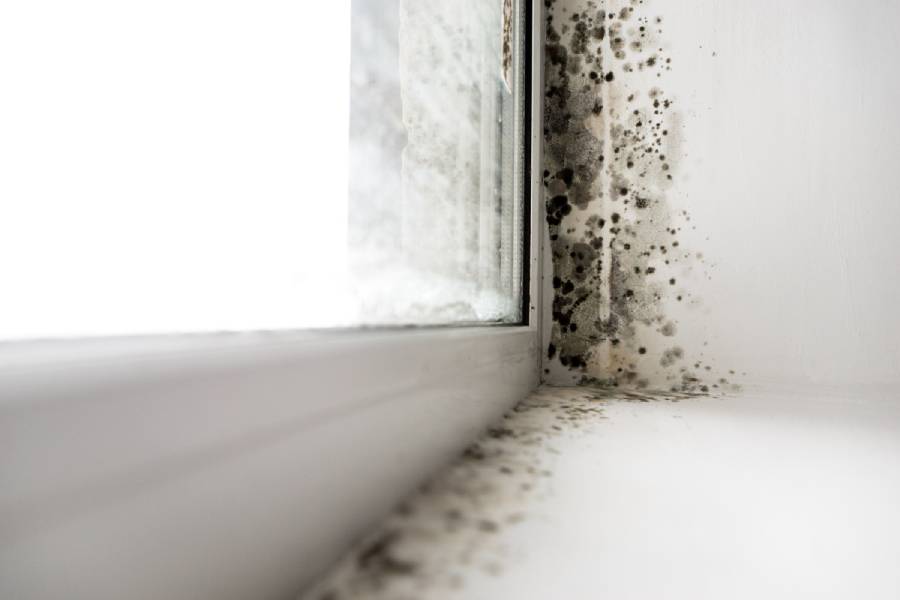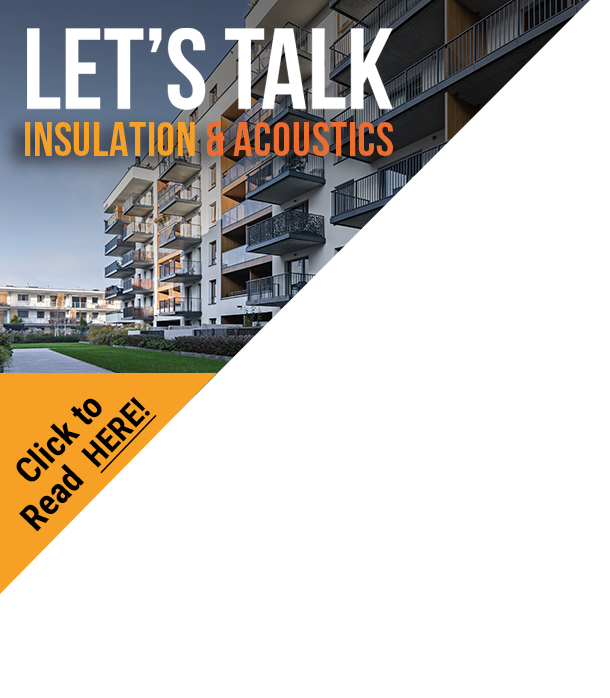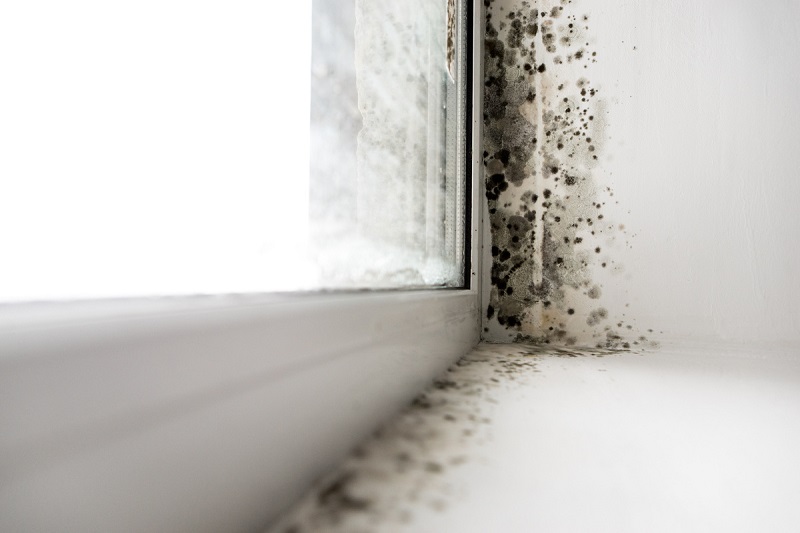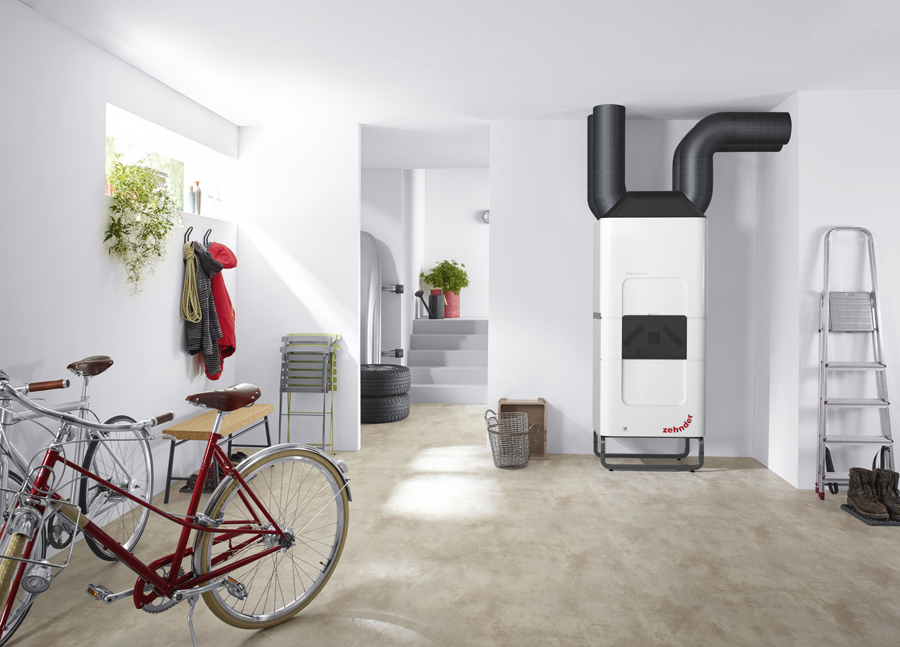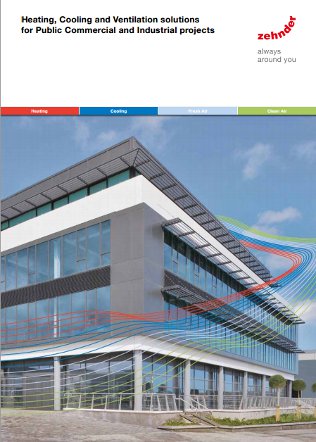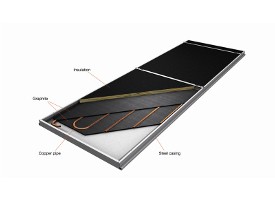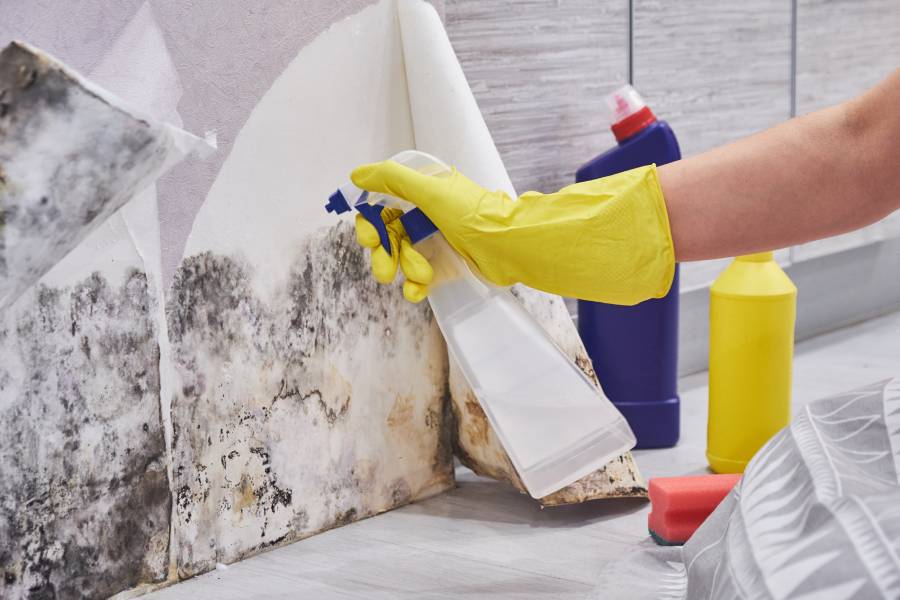
By Mark Trowers, indoor climate specialist at Zehnder Group UK
Condensation is a frequently overlooked issue that silently develops inside buildings, leaving behind a trail of potentially severe consequences. Whilst it might seem harmless, the impact if left to its own devices can significantly affect the structural integrity of a building and the health of occupants inside.
Older buildings without sufficient insulation are most vulnerable, as colder walls can encourage moisture to condense. However, even newer builds which have been designed with improved insultation to meet Net Zero objectives, can experience issues if airflow is restricted or compromised.
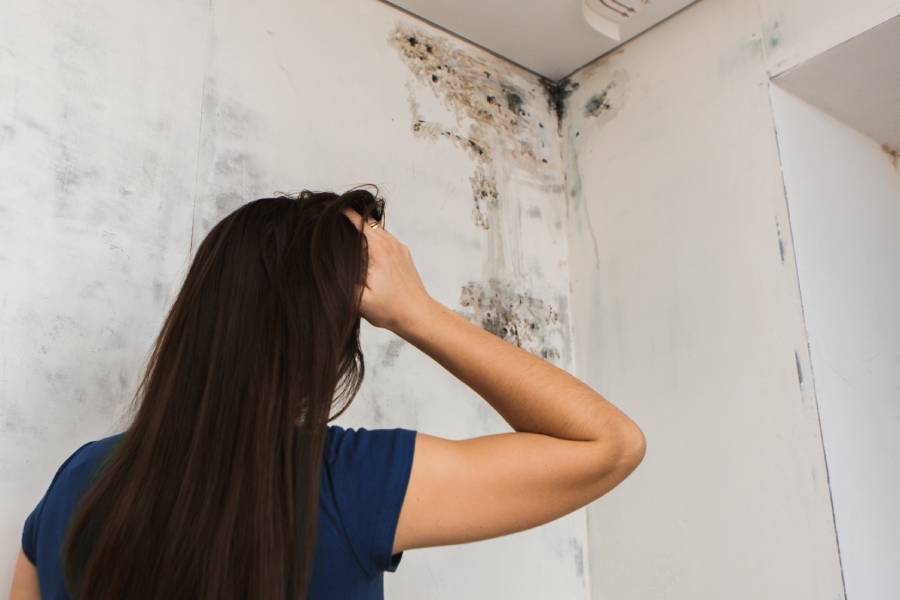
A Threat to Buildings & Human Health
Condensation occurs when warm, moist air comes into contact with a cold surface, turning water vapor into liquid. This is a common occurrence in both homes and working buildings due to temperature variations between indoor and outdoor environments. Without effective ventilation, the airflow is restricted and humidity build-up exasperates the problem.
While condensation on its own shouldn’t be cause for concern, it can lead to costly issues over time – both for the property and occupant health.
In the building, persistent condensation on walls and ceilings in colder weather can damage interior finishes and has the potential to compromise a building’s structural integrity. Prolonged moisture accumulation can then lead to the decay of building materials. Over time, this deterioration can weaken structural components, resulting in costly repairs and jeopardising the safety of the house.
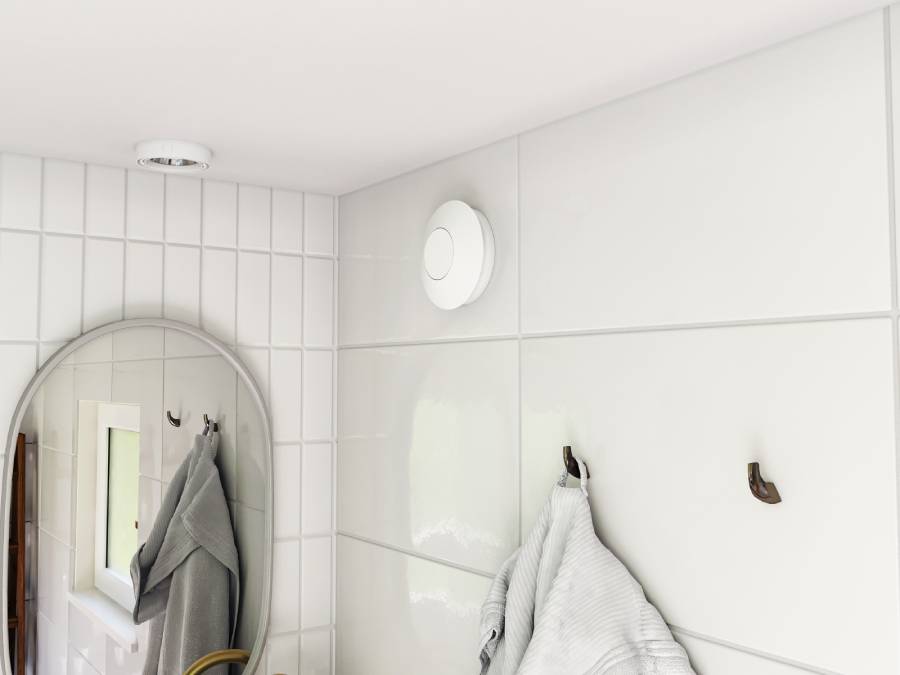
Condensation-induced moisture also undermines the effectiveness of insulation materials, reducing their thermal performance and in turn defeating the point of insulating for thermal efficiency.
But most alarmingly, the conditions created by condensation provide the perfect environment for mould and mildew to develop - creating conditions for dampness and toxic black mould to takeover, which poses serious health risks to humans.
Solutions for Managing Condensation
Managing condensation in buildings and homes, particularly in social and rented housing, requires a multi-faceted approach. Upgraded insulation must be considered in partnership with effective use of heating and a compliant ventilation to help regulate indoor humidity levels and promote a healthy indoor environment, minimising the conditions conducive to condensation. Routine inspections and maintenance are essential to identify and rectify potential issues before they escalate, safeguarding the structural integrity of the building.
In some cases, despite having a ventilation system that should theoretically be effective, condensation problems still arise. This could indicate the system needs to be reviewed or was installed incorrectly to begin with. No ventilation system, inspected and installed correctly by a competent M&E contractor, should have humidity build up to that degree.
For more information or advice visit www.zehnder.co.uk/en/indoor-ventilation/insights/mould-and-condensation
